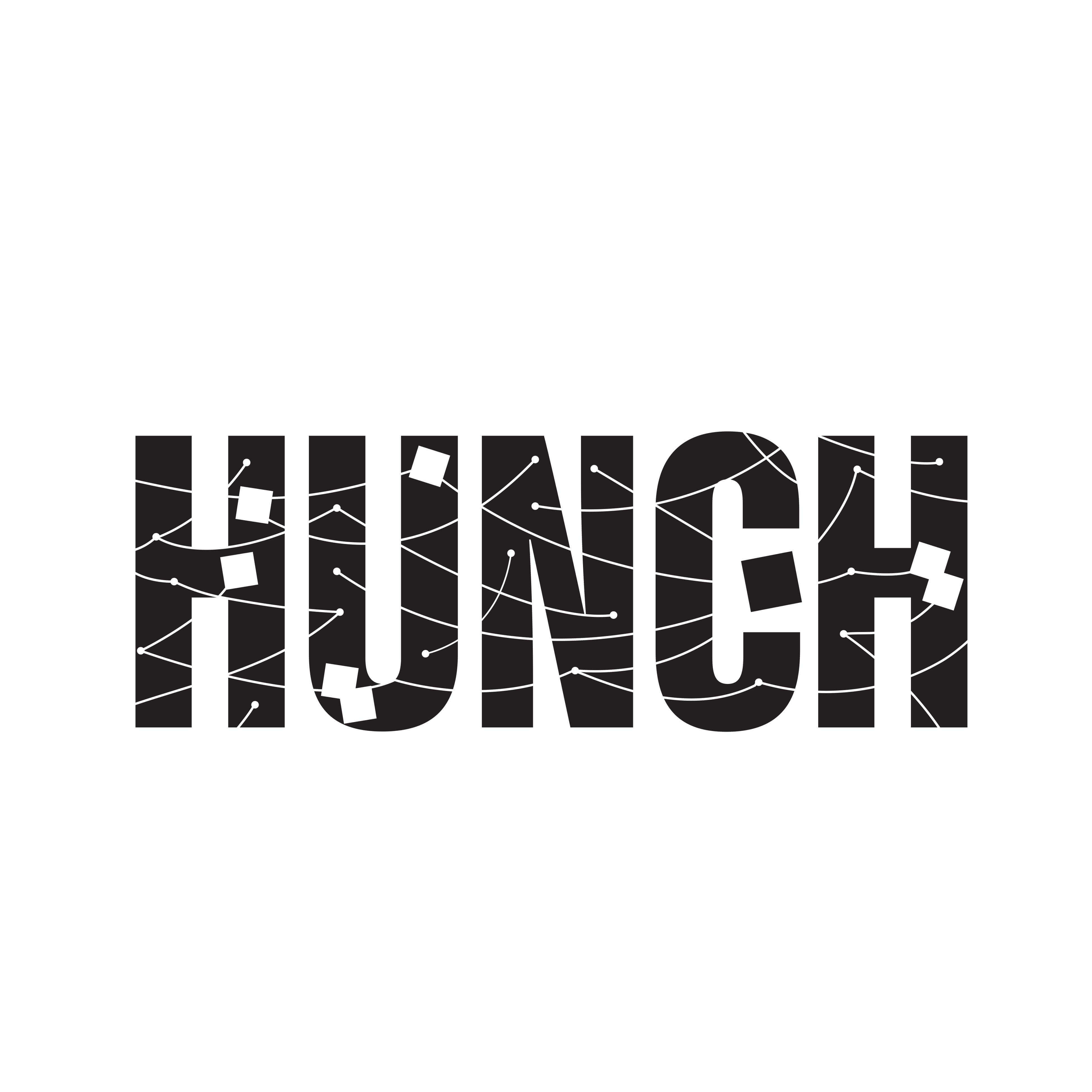
Typographic Interpretation
"HUNCH" – Visualizing Instinct Through Tension and Clarity
Visualizing instinct through tension and clarity using word-as-concept design and detective-inspired visual language.

"HUNCH" – Visualizing Instinct Through Tension and Clarity
Visualizing instinct through tension and clarity using word-as-concept design and detective-inspired visual language.